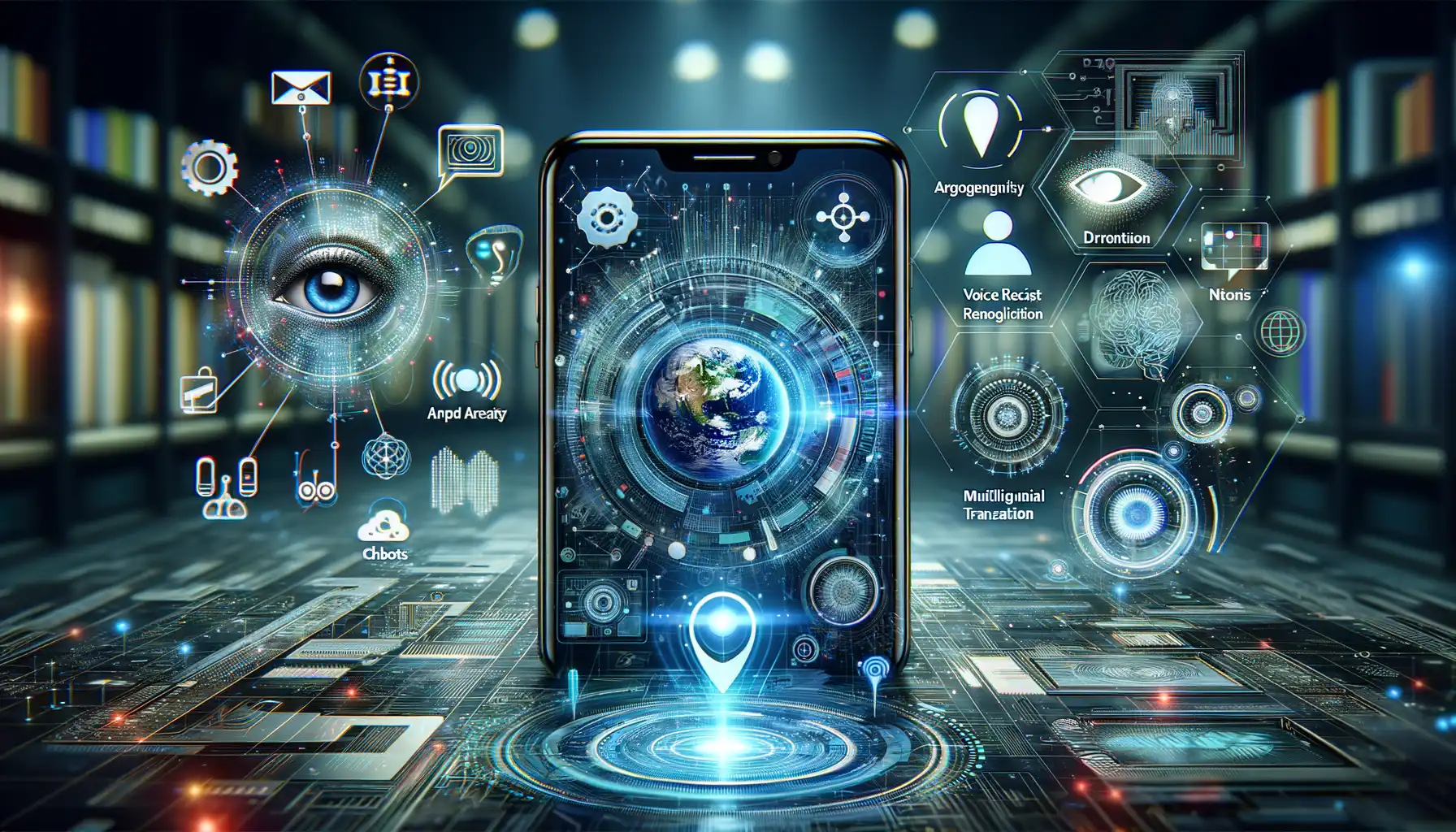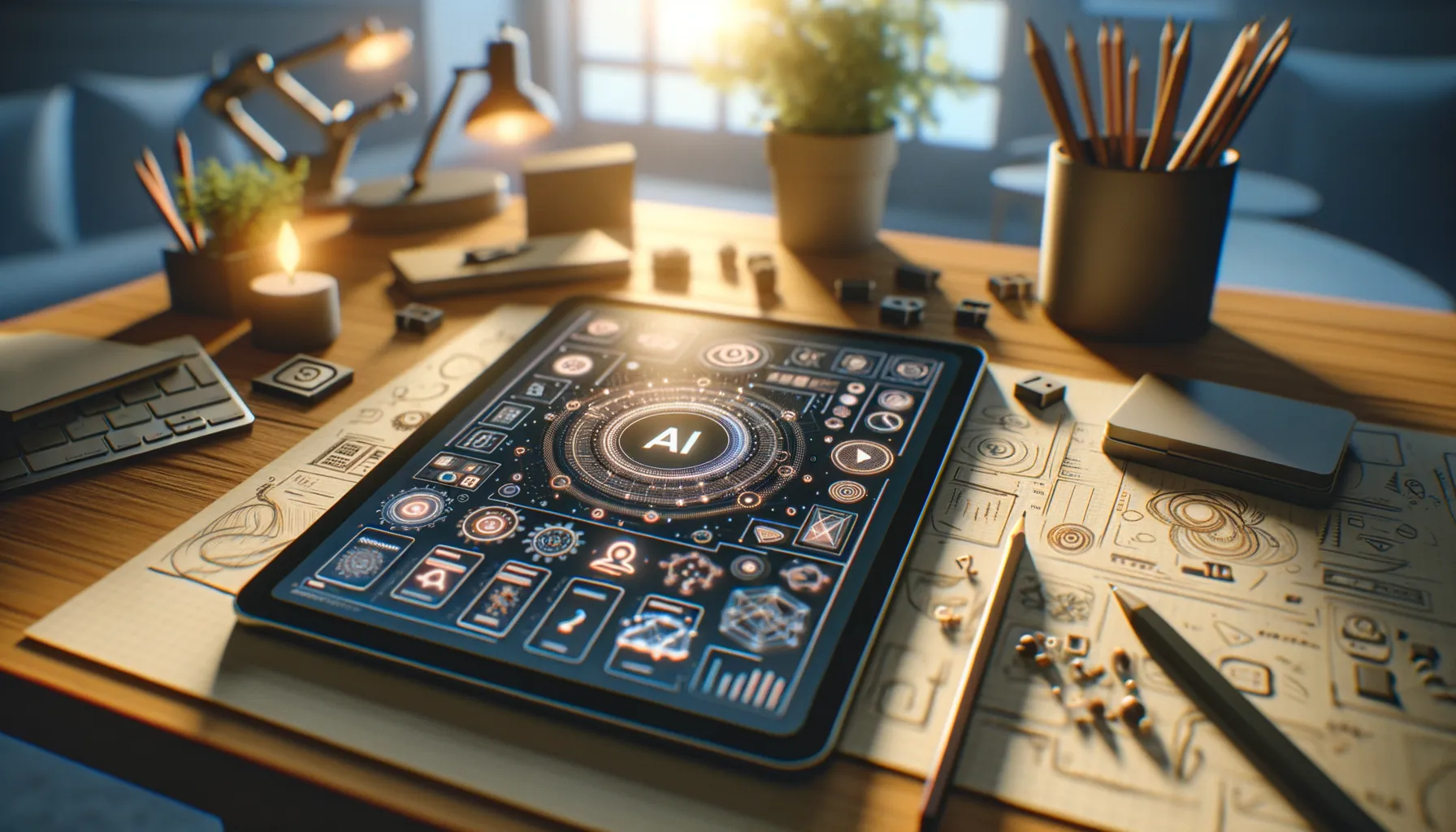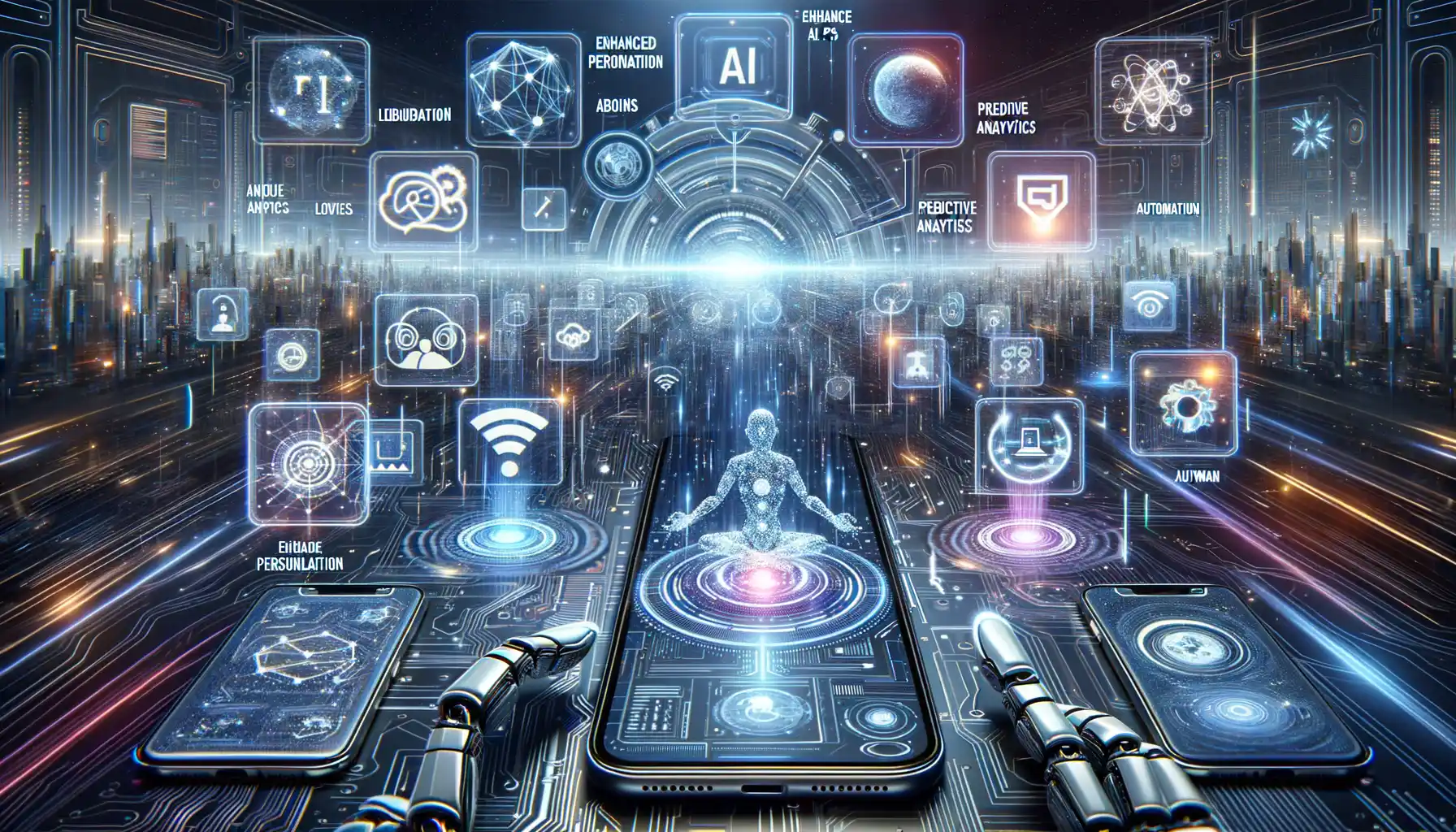How AI is Transforming Mobile App UI/UX Design
The New Wave of Intuitive Design
Imagine opening a mobile app that seems to *magically* know what you need next. That’s not a lucky guess—it’s the result of cutting-edge AI shaping UI/UX like a digital Picasso. Gone are the days of static, one-size-fits-all interfaces. Modern apps are becoming living, breathing entities that anticipate your needs, thanks to AI’s ability to analyze user behavior in real-time.
Here’s how it’s reshaping the canvas of app design:
- Predictive personalizations: Ever noticed how your favorite shopping app highlights items you were *just* thinking about? It’s not witchcraft; that’s AI reading your purchase history and browsing patterns.
- Conversational interfaces: Chatbots are no longer clunky robots; they’re fluid, intuitive assistants. Think Siri or Alexa, but embedded seamlessly into your app to guide you, not frustrate you.
From Static Screens to Adaptive Journeys
AI is breaking the mold of generic screens by tailoring user journeys dynamically. Picture a fitness app adjusting instantly as you set new goals or improve performance. Or a language learning app curating lessons based on words you struggle with. These aren’t just cool features—they’re moments where technology truly *gets* you.
And let’s talk about accessibility. AI transforms apps into inclusive spaces by offering voice commands, readability adjustments, and even predictive text for those with unique needs. It’s a vibrant collaboration between innovation and empathy—making every tap feel effortless.
Key AI Technologies Shaping the Future of App Interfaces

Pioneering Technologies Powering Tomorrow’s App Experiences
Picture this: you open your favorite app, and it feels like it knows you better than your best friend. That’s the magic of cutting-edge AI technologies reshaping how we interact with apps. These aren’t just geeky algorithms working behind the scenes—they’re the architects of a smoother, smarter, and downright delightful user experience.
One standout innovation? Natural Language Processing (NLP). Think voice assistants like Siri or Alexa, but on steroids. Apps are now listening, comprehending, and responding to users’ needs with jaw-dropping accuracy. Your morning grocery list? Just tell your app, and voilà—it’s sorted.
And let’s not overlook computer vision. This technology lets apps “see” the real world through cameras, opening up endless possibilities. Want a virtual furniture try-on for your living room? Done. Need an app that scans text from a photo instantly? It’s here.
- Machine learning algorithms: The secret sauce behind intuitive layouts, predicting what you’ll tap before even you know.
- Generative AI: Turning static UIs into dynamic wonders by crafting personalized designs on the fly.
These advancements are no longer about “just getting things done”—they’re about creating app interfaces with soul and smarts.
The Role of Personalization in AI-Powered UI Design

Making Apps Speak Your Language
When was the last time an app felt like it truly “got” you? That’s *personalization* at work, and in the world of AI-powered UI design, this is no longer just a fancy feature—it’s the magic that keeps users coming back. Imagine opening your fitness app, and instead of generic daily goals, it suggests a 20-minute yoga flow because it “knows” your Wednesdays are packed with meetings.
With AI, apps now dive deeper into user behaviors, preferences, and even moods to craft experiences that feel custom-made. Some smart personalized touches include:
- Dynamic content suggestions: Think Netflix’s eerily spot-on movie recommendations.
- Adaptive interfaces: Colors and layouts that shift with your usage patterns for maximum clarity.
But let’s dig a bit deeper. Say you’re shopping for sneakers online. An AI-driven app wouldn’t just show you the latest styles—it might remember you tend to buy eco-friendly products and prioritize sustainable options first. It’s not just an interface; it’s a conversation.
Why Personalization Feels So Human
Here’s the secret sauce: people crave connection. Even with technology, we gravitate to experiences that feel tailored, as if there’s someone—or something—listening. With AI, developers can weave in micro-moments of care, like reminding you of past purchases or asking if you’d like to reorder staples.
The result? Apps that don’t just meet your needs—they anticipate them, making you feel seen and, dare I say, a little spoiled. And let’s be real: isn’t that kind of indulgence irresistible?
Challenges and Ethical Considerations in AI-Driven UI

When the Lines Between Magic and Privacy Start to Blur
AI in mobile app UI design feels like magic—predicting what we want before we even know it ourselves. But here’s the catch: that magic comes with strings attached. To give users hyper-personalized interfaces, apps often collect an avalanche of data. And while most of us love convenience, how much of our personal information are we really willing to trade for it?
The ethical dilemma is real. For instance, if an app knows every move you make—your preferences, habits, even your location—what happens if that data lands in the wrong hands? Or worse, is exploited for manipulative advertising? It reminds me of offering someone a key to your house without knowing if they’ll just water the plants… or rearrange all your furniture.
- Transparency: Users deserve to know exactly what data is being collected and why.
- Bias: AI doesn’t always play fair—algorithms can perpetuate stereotypes without even realizing it.
- Control: Give users the power to switch off personalization when it feels invasive.
Trust isn’t built on sleek interfaces alone; it’s forged when users feel safe. Without it, even the most intuitive AI-driven UI risks alienating its audience.
Predictions for the Future of AI in Mobile UI Development

The Rise of Hyper-Intelligent Interfaces
Picture this: a mobile app interface that feels less like software and more like your personal assistant, tailor-made for you in real time. That’s where AI is heading. In the not-so-distant future, AI will not just design interfaces—it will anticipate needs before you even tap a button. Want to book a flight? The app could auto-fill your preferences: departure at 8 AM, aisle seat, carry-on luggage. AI will know because it truly *knows* you, much like a friend who has memorized your quirks.
Expect features like:
- Emotion-aware UIs: Apps that detect your mood through voice tone or facial recognition, subtly adapting colors, fonts, and layouts to soothe, inspire, or energize you.
- Real-time adaptability: Interfaces evolving on the fly based on your immediate environment—like adjusting contrast if you’re browsing outdoors in sunlight.
Collaborative Design Between Humans and AI
Here’s the kicker: AI might not replace human designers but could become their co-creator. Imagine sketching a rough layout, and AI instantly mock-ups 10 polished variations based on your intent. Designers will focus on storytelling and creativity while the grunt work—the tedious resizing, recoloring, tweaking—gets handled by the machine. It’s less about competition and more about teamwork, where *man meets machine* in harmonious synergy.
